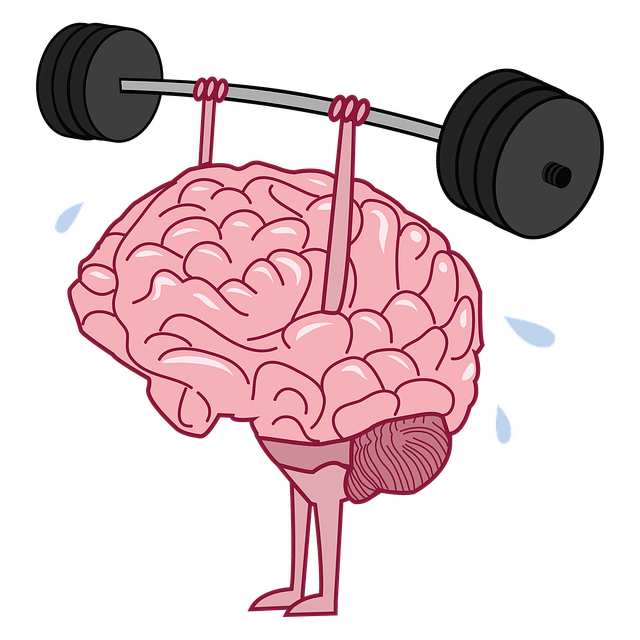In today’s fast-paced world, the ability to quickly absorb and process information is more valuable than ever. Whether you’re a student trying to keep up with a heavy reading load, a professional needing to stay informed, or simply someone who loves to read, speed reading can be a game-changer. But like any skill, speed reading requires practice. The good news is, you don’t need to spend hours every day to see improvement. In fact, just 10 minutes a day can make a significant difference.
This article will introduce you to a series of speed reading exercises that can easily fit into your daily routine. These exercises are designed to help you read faster while maintaining comprehension and retention. And if you’re skeptical about speed reading, keep reading—you might just find that it’s more accessible and beneficial than you thought.

The Importance of Speed Reading in the Modern World
Before diving into the exercises, let’s take a moment to understand why speed reading is so important. In an era where information is constantly bombarding us, the ability to quickly process and understand content can give you a significant advantage. Speed reading not only helps you get through material faster, but it also improves focus, comprehension, and critical thinking. It’s a skill that enhances your cognitive abilities, making you more effective in both personal and professional settings.
For those who doubt the effectiveness of speed reading, it’s important to note that speed reading is backed by cognitive science. Techniques such as reducing subvocalization (the voice in your head when you read) and expanding your peripheral vision to take in more words at a glance are proven methods to increase reading speed without losing comprehension.
Rajneesh Barapatre: The World Champion in Speed Reading and Mind Mapping
Rajneesh Barapatre, the World Champion in Speed Reading and Mind Mapping, has perfected these techniques. As the No. 1 Brain Athlete in the world, Rajneesh has developed unique methods that not only boost reading speed but also enhance comprehension and memory retention. His techniques are designed for everyone—from beginners to seasoned readers—proving that speed reading is a skill anyone can master with the right approach.

If you’re eager to learn how to speed read like a champion, Rajneesh’s “Intelligent Reading Masterclass” is an excellent opportunity to dive deeper into these strategies. But for now, let’s explore some quick and effective exercises you can start doing today.

Speed Reading Exercises: 10 Minutes a Day to Faster Reading
1. The Pointer Technique
The pointer technique, also known as “meta guiding,” involves using your finger, a pen, or a similar object to guide your eyes across the text. This simple action helps your eyes move more smoothly and quickly across the page, reducing the chances of regression (the tendency to go back and reread text).
How to do it:
- Choose a piece of text, ideally something you’re familiar with.
- Place your pointer under the first word of the line.
- As you read, move the pointer at a steady pace that’s just slightly faster than your comfortable reading speed.
- Try to follow the pointer with your eyes, rather than letting your eyes jump around.
Why it works: The pointer technique trains your eyes to move in a more controlled and efficient manner, which naturally increases your reading speed.
2. Expand Your Peripheral Vision
Your peripheral vision plays a crucial role in speed reading. Instead of reading one word at a time, this exercise helps you take in multiple words or even entire phrases in a single glance.
How to do it:
- Take a book or an article and look at the center of the page.
- Without moving your eyes, try to become aware of the words on either side of your focus point.
- Practice reading from the center of a line, using your peripheral vision to capture the surrounding words.
Why it works: By expanding your peripheral vision, you can reduce the number of eye movements needed to read a line of text, allowing you to read faster.
External Link: Learn more about peripheral vision and reading.
3. Reduce Subvocalization
Subvocalization is the habit of silently pronouncing each word in your head as you read. While this can help with comprehension at lower speeds, it significantly limits how fast you can read.
How to do it:
- Choose a simple text that doesn’t require deep concentration.
- As you read, try to focus on the meaning of the words rather than silently saying them in your head.
- Practice reading at a speed where it’s impossible to subvocalize every word, focusing instead on understanding the overall message.
Why it works: Reducing subvocalization allows your brain to process information at the speed of thought, which is much faster than the speed of speech.
4. Practice Reading in Chunks
Most of us read word by word, but our brains are capable of processing much larger chunks of information. This exercise trains you to read groups of words together, rather than individually.
How to do it:
- Take a paragraph from a book or an article.
- Instead of reading each word separately, try to group 3-5 words together and read them as a single unit.
- With practice, you’ll be able to take in entire phrases or sentences at once.
Why it works: Reading in chunks reduces the number of fixations (pauses) your eyes need to make, allowing you to move through the text more quickly.
5. Speed Drills
Speed drills are designed to push your reading speed beyond your comfort zone, helping you get used to processing information at a faster pace.
How to do it:
- Set a timer for 1 minute.
- Read as fast as you can, without worrying about comprehension.
- When the timer goes off, go back and read the same passage at a normal pace, focusing on understanding the content.
- Repeat this exercise daily, gradually increasing your speed over time.
Why it works: Speed drills train your brain to process information quickly, making normal reading speeds feel much more manageable.
6. Skimming and Scanning Practice
Skimming and scanning are essential skills for speed reading, especially when you’re looking for specific information in a text.
How to do it:
- Choose a long article or a chapter of a book.
- Skim through the text by quickly glancing over the headings, subheadings, and highlighted words to get a general idea of the content.
- Then, scan the text for specific information, such as names, dates, or keywords.
Why it works: Skimming and scanning allow you to quickly identify important information without reading every word, saving you time and effort.
7. Visualization Exercises
Visualization helps reinforce memory and comprehension, making it easier to recall information after reading.
How to do it:
- After reading a short passage, close your eyes and try to visualize the scene, characters, or information you just read.
- Practice describing the visualized content in your own words, either mentally or out loud.
Why it works: Visualization strengthens the connection between the text and your memory, making it easier to retain information.
8. Eye Relaxation Exercises
Your eyes can get tired when reading for long periods, which can slow you down. Eye relaxation exercises help reduce strain and improve reading efficiency.
How to do it:
- Close your eyes for a few seconds and take deep breaths.
- Rub your hands together to generate warmth, then gently place your palms over your closed eyes.
- Practice “eye yoga” by looking up, down, left, and right without moving your head.
Why it works: Relaxing your eyes reduces strain, allowing you to maintain faster reading speeds for longer periods.
9. Improve Vocabulary
A robust vocabulary allows you to recognize and understand words more quickly, reducing the need for slow, deliberate reading.
How to do it:
- Dedicate 5 minutes a day to learning new words and their meanings.
- Practice using these words in sentences or look for them in your reading material.
Why it works: A larger vocabulary means you spend less time decoding unfamiliar words, which speeds up your reading.
10. Practice Speed Reading with Different Materials
Varying your reading material helps you become a more versatile speed reader. Practice with novels, articles, technical papers, and more.
How to do it:
- Choose different types of reading material each day.
- Spend 5 minutes reading each one, focusing on maintaining speed without sacrificing comprehension.
Why it works: Different materials require different reading strategies. Practicing with a variety helps you adapt to different reading situations.

The Long-Term Benefits of Speed Reading Exercises
Incorporating these exercises into your daily routine, even for just 10 minutes a day, can lead to significant improvements in your reading speed and comprehension over time. The key is consistency. By regularly challenging your brain and eyes, you’ll gradually increase your ability to process information faster and more efficiently.
Speed reading isn’t just about getting through books more quickly—it’s about enhancing your overall cognitive function. It can improve your memory, focus, and critical thinking skills, all of which are essential in today’s information-rich world.
Why You Should Care About Speed Reading
If you’re still on the fence about speed reading, consider the advantages it offers. In a world where time is a precious commodity, being able to read faster without losing comprehension gives you a competitive edge. Whether you’re a student, a professional, or someone who loves to read, speed reading can save you time, reduce stress, and increase your productivity.
Rajneesh Barapatre, the World Champion in Speed Reading and Mind Mapping, has demonstrated that these techniques can be mastered by anyone willing to put in the effort. His unique methods have helped countless individuals around the world improve their reading speed and cognitive abilities. If you’re looking to take your reading skills to the next level, incorporating these exercises into your daily routine is a great place to start.
About the author : Rajneesh Barapatre
Share This Story.
Join our mailing list today
Insider offers & flash sales in your inbox every week.
Curabitur non nulla sit amet nisl tempus convallis quis ac lectus dolor sit amet, consectetur adipiscing elit sed porttitor lectus.

